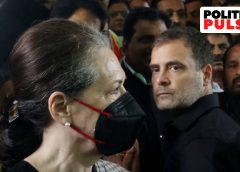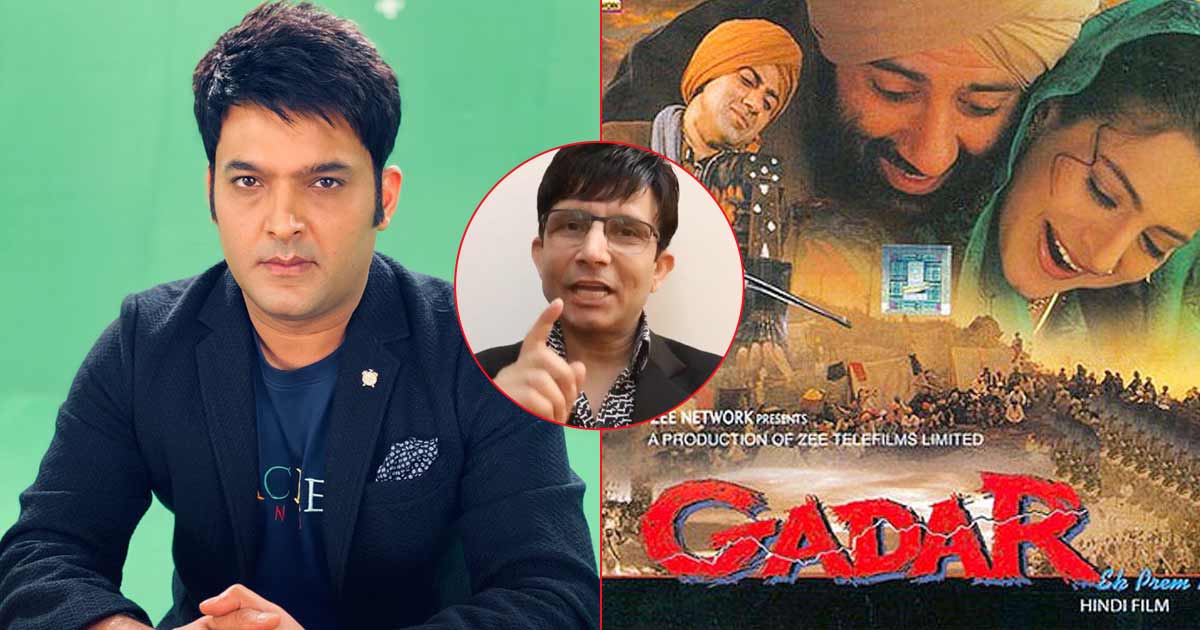
Rahul’s Hitler comparison: So how did the German leader come to be what he became?
[ad_1]
ADDRESSING a press conference Friday where he attacked the government over price rise, unemployment, GST rates and “the death of democracy”, Congress leader Rahul Gandhi said the BJP cannot claim legitimacy on account of winning elections alone. “Hitler too came to power, winning an election. Hitler too used to win elections. And how did he win elections? Because the institutions of Germany were in his hands… Give me the entire structure and I will show you how to win elections.”
So how did Hitler come to power and consolidate it?
The Great Depression
The worst economic downturn in the history of the industrialised world, the Great Depression lasted from 1929 to 1939, starting with the stock market crash of October 1929. Germany saw a rapid rise in unemployment, and the National Socialist German Workers’ Party or the Nazi Party tapped into the dissatisfaction of millions of jobless voters.
From 1929 to 1932, the party’s membership surged. From around 8 lakh votes in the 1928 elections to parliament, it went up to 140 lakh in July 1932 (or 38% of the total).
But, as unemployment began to drop in Germany in late 1932, the Nazi Party’s votes also dropped, to about 120 lakh (or 33% of the total) in the November 1932 elections.
Hitler, appointed the leader of the Nazi Party in 1921, had attempted to seize power in a failed coup in 1923. While in jail, he dictated the first volume of Mein Kampf (“My Struggle”). After his early release in 1924, Hitler resolved to win power back through elections, even as he consolidated support.
The 1932 elections
There were two national elections in 1932, the elections for Parliament or Reichstag. In the German system, nobody won outright, but Hitler got by far the largest share of votes. The Nazi Party drew its support from a cross-section of people, Catholics and Protestants, town and country, men and women, young and old.
However, Hitler needed to form a coalition as he had fallen short of 50% of the seats. The President also needed to invite him to form the new government.
Some right-wing and Conservative circles with access to the President convinced him to invite Hitler to form the government. They thought they could control him easily, while his votes would give them credibility.
Hitler insisted on chancellorship though, the top position within the government, even if his Nazi Party had a smaller number of seats in the cabinet. Finally, a deal was reached and President Paul von Hindenburg invited Hitler – the head of a three-member coalition — to form the government. He became the Chancellor at the end of January 1933.
January-February 1933
On January 31, 1933, Hitler called for new elections to try and strengthen his position by winning a majority.
On February 27, 1933, amidst the final days of the campaign, the Reichstag, the German Parliament building, was mysteriously burnt down in a fire. The government fuelled an atmosphere of panic and terror, especially against the main rival of the Nazis, the Communists, leading up to the arrest of more than 4,000 people. The Nazis alleged that the Communists were planning a national uprising to “overthrow the Weimar Republic”.
The day after the fire, President Hindenburg signed an ‘Emergency Decree for the Protection of the German People’, giving the Nazis legal authority to go after opponents, who were framed as traitors. The decree also removed basic personal freedoms, such as the freedom of speech, the right to own property, and the right to trial before imprisonment.
The Nazi government’s terror meant many were terrified of voting at all, or voted for it out of fear in the elections that followed.
March 1993
Elections took place on March 5, 1933, and saw an extremely high turnout of 89%. The Nazis got 43.9% of the votes, a jump from the previous election but still short of a majority.
On March 23, 1933, Hitler proposed an ‘Enabling Law’. It gave him the power to rule by decree rather than passing laws through the Reichstag and the President. In the atmosphere of fear following the Reichstag fire, this seemed legitimate to many.
But the law needed the support of two-thirds of the Reichstag. The Nazis had the support of the Conservative DNVP, and had banned the Communist KPD. By then, many opponents of the party had already been moved to the first of Hitler’s concentration camps, Dachau, which had opened just a few days before the election. After Hitler won over the Catholic Church, the Centre Party also supported the law. Only the Marxist-influenced SPD opposed it.
The Bill passed by 444 votes to 94 on March 24, 1933. Although President Hindenburg and the Reichstag continued to exist, Hitler could now govern by decree.
July 1933
On July 14, 1933, Nazi Party was declared to be the only political party in Germany. On the death of Hindenburg in 1934, Hitler took the titles of Führer (“Leader”), Chancellor, and Commander in Chief of the Army, apart from remaining leader of the Nazi Party.
Nazi Party membership became mandatory for all higher civil servants and bureaucrats.
[ad_2]
Source link


